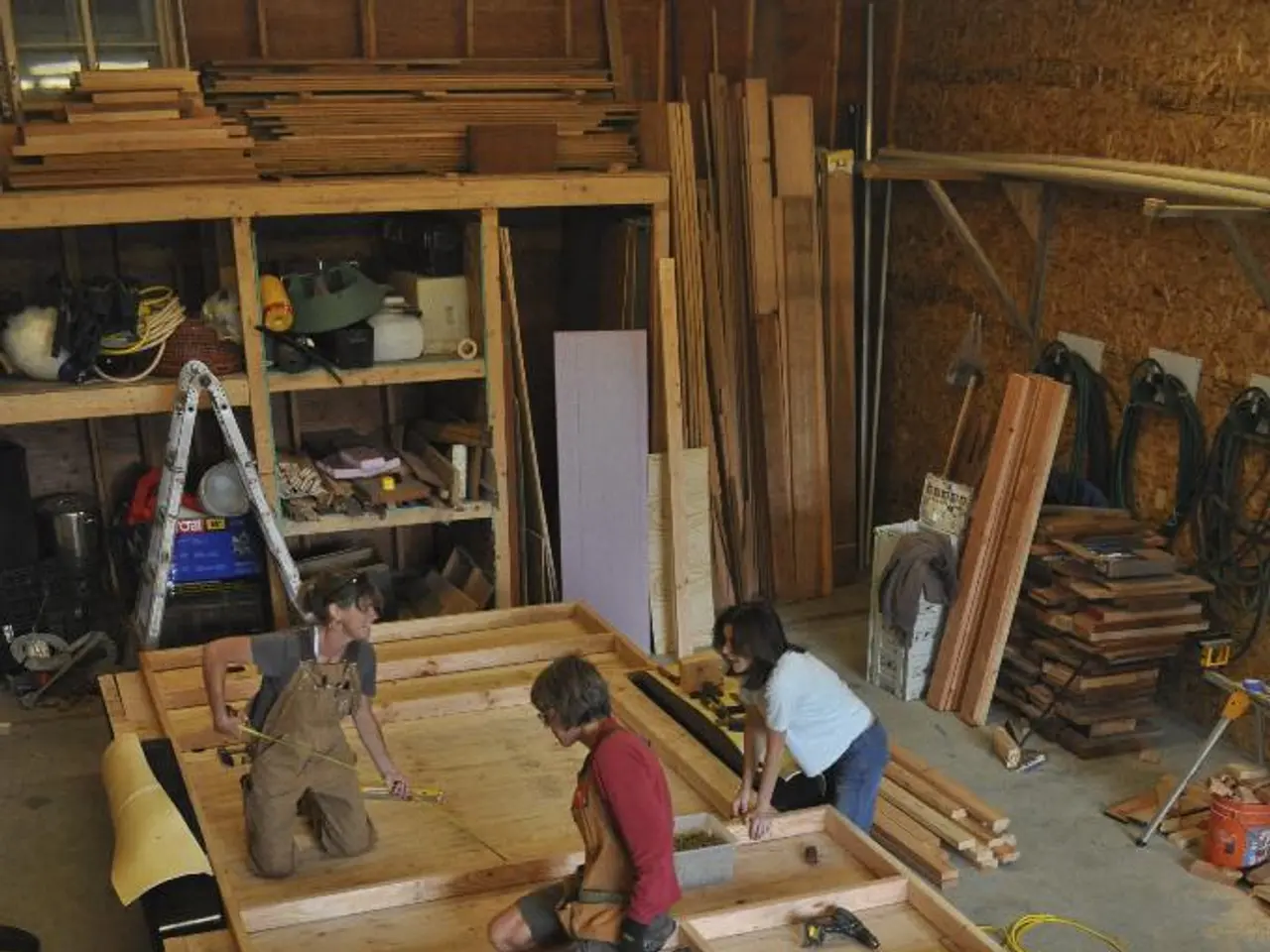Managing Essential Risks in Joint Agreements and Business Partnerships
Collaborative contracting is gaining popularity in the construction and infrastructure sectors, particularly for managing risks associated with high-risk projects. To ensure success, key strategies should be implemented.
Early and Continuous Collaboration
Engaging all stakeholders—including owners, designers, construction managers, and contractors—early in the preconstruction phase is crucial. This fosters alignment on project goals and allows timely identification and mitigation of risks. For example, Construction Management at Risk (CMAR) involves the construction manager early (around 30% design completion) to provide input on constructability, cost, and schedule, leading to fewer surprises and better risk control.
Clear Scope Definition and Expectations
Defining detailed scopes of work, quality standards, communication protocols, and performance metrics is essential to avoid misunderstandings that can escalate risks. This applies to all parties involved, including subcontractors, who should be thoroughly vetted through due diligence on past performance, financial stability, and relevant experience.
Robust Contractual Framework
Contracts should explicitly allocate risk among parties, outline clear terms and conditions, include payment schedules, penalties, and termination clauses, and establish accountability mechanisms. In collaborative methods such as CMAR or alliance contracting, risk-sharing provisions can give parties aligned incentives to manage risks proactively.
Integrated Planning and Risk Monitoring
Using standardized workflows, integrated schedules, and real-time reporting tools helps track progress and surface risks early. Collaborative workflows help owners and contractors proactively manage potential issues before they become problems.
Leveraging Diverse Expertise
Combining local knowledge with international technical expertise creates a more resilient team able to address various uncertainties in technical scope, regulatory requirements, and community impact. This approach has been successful in alliance contracting on complex underground projects.
Guaranteed Maximum Price (GMP) with Flexibility
In CMAR, the CM often provides a GMP that caps costs while still allowing for collaborative decision-making on scope and design, ensuring price security without undermining flexibility.
Dispute Resolution Mechanisms
Dispute resolution and escalation mechanisms, such as references to a Dispute Board and Arbitration, should be established for situations where parties remain unsatisfied with the decision.
Structured Onboarding and Negotiation
Structured onboarding workshops at the outset can help align stakeholders on shared goals, clarify roles, and lay the groundwork for effective collaboration throughout the project lifecycle. Effectively implementing a collaborative contracting model requires upfront investment in negotiation, planning, and engagement from all parties.
Adopting Collaborative Contracting Models
The Public Sector Standard Conditions of Contract Option Module (PSSCOC Option Module) and the NEC4 Contract for Construction and Engineering Projects in Singapore are well-known forms of the collaborative contracting model. Adopting reference templates, like the PSSCOC Option Module E, can provide a structured foundation for contract drafting and serve as a starting point for negotiations. Collaborative contracting can exist in various forms, and private developers are adopting it by selecting relevant clauses for their projects.
Overcoming Caution and Challenges
Many stakeholders are cautious about collaborative contracting due to its unfamiliarity and potential risks. Involvement of professionals experienced in collaborative contracting can help navigate difficult issues, establish practical governance structures, and foster a culture of transparency and trust. Limited use of waivers of claims or "no-fault" clauses is suggested for specific, targeted areas where assigning fault would be counterproductive to collaboration. Traditional insurance models may not align with collaborative principles, leading to coverage challenges or financial unpredictability.
In essence, effective risk management in collaborative contracting for high-risk construction projects hinges on early joint planning, clear communication, well-structured contracts allocating risks appropriately, continuous monitoring, and multi-disciplinary expertise to address complexity and uncertainty systematically. These practices help align all parties, distribute responsibilities clearly, and create a proactive culture of risk identification and mitigation throughout the project lifecycle.
- Implementing technology-driven tools for integrated planning and risk monitoring can assist in early identification and resolution of risks, fostering a proactive culture in collaborative contracting.
- Education and self-development through structured workshops and negotiation practices can help stakeholders understand collaborative contracting models, foster a culture of transparency and trust, and navigate any associated challenges more effectively.







